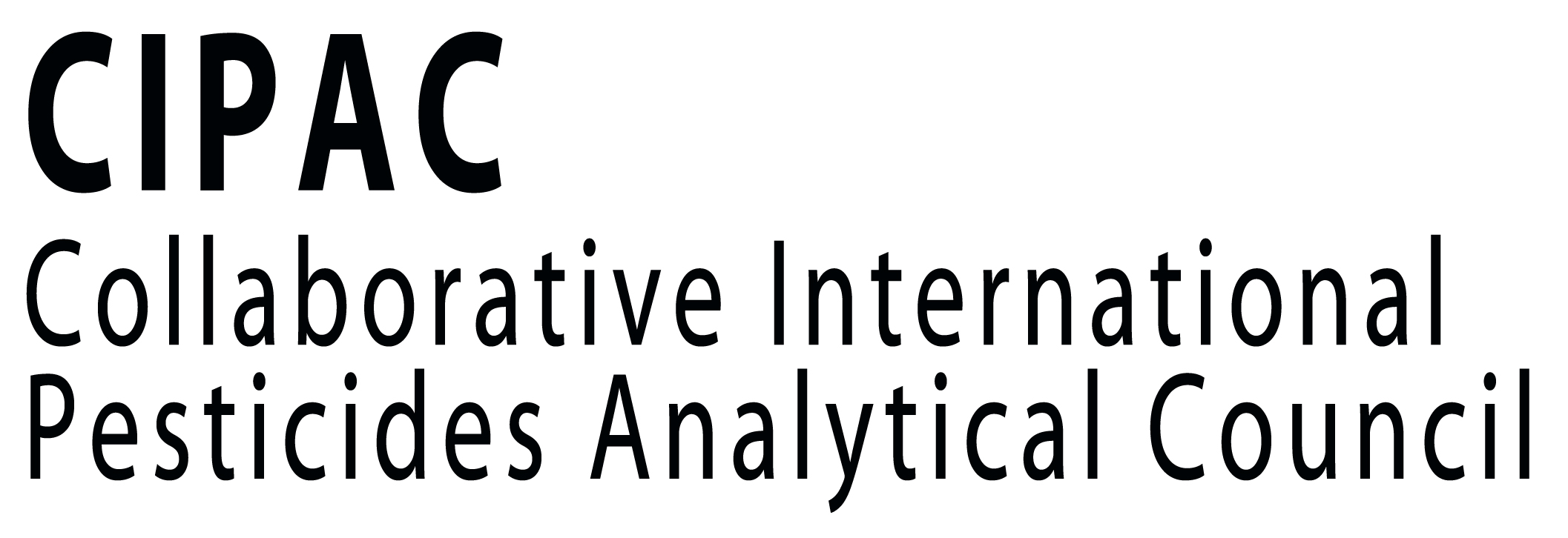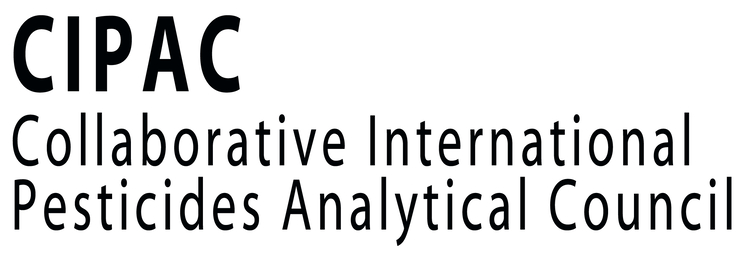MT 155 - Analytical HPLC method for determination of phenoloc impurities in phenoxyalkanoic herbicides
Content Handbook F
Outline of method
155.1 Ultraviolet Detector Method
The phenolic impurities are separated on a reverse phase (ì Bondapak C18) column using methanol/acetate buffer solution 45 + 55 as mobile phase. Detection is performed by ultraviolet absorption at 280 nm. The determination is carried out by an external standard technique. The identification of the chlorinated phenols is verified by separating samples and spiked samples with eluant(s) of varying pHs.
155.2 Electrochemical Detector Method
The phenolic impurities (and the active ingredients) are separated on a reverse phase column using methanol/acetonitrile/buffer as mobile phase. Phenolic impurities are detected with an electrochemical detector at +0.9 V. Determination is carried out by using 4-bromo-2-chlorophenol as internal standard. Identification of the impurities is confirmed by spiking, and/or analyzing samples and spiked
samples with eluant(s) of alternative pH value(s) (See CIPAC 1C pp. 2091 and 2160). Determination of active ingredients can also be done by UV-detection at 280nm using 2-(2,4-dibromo-phenoxy)propionic acid as internal standard.
Scope
155.1 Ultraviolet Detector Method
The method is used to determine phenolic impurities in technical and formulated products containing dichlorprop and mecoprop (acid or salt), but can be used for other phenoxyalkanoic herbicides.
155.2 Electrochemical Detector Method
The method is used only for determining phenolic impurities in technical and formulated products containing the ionic salts of 2,4-D, MCPA, dichlorprop and mecoprop, but can also be used for other herbicides.
The active ingredient(s) can also be determined by using a UV-detector.



